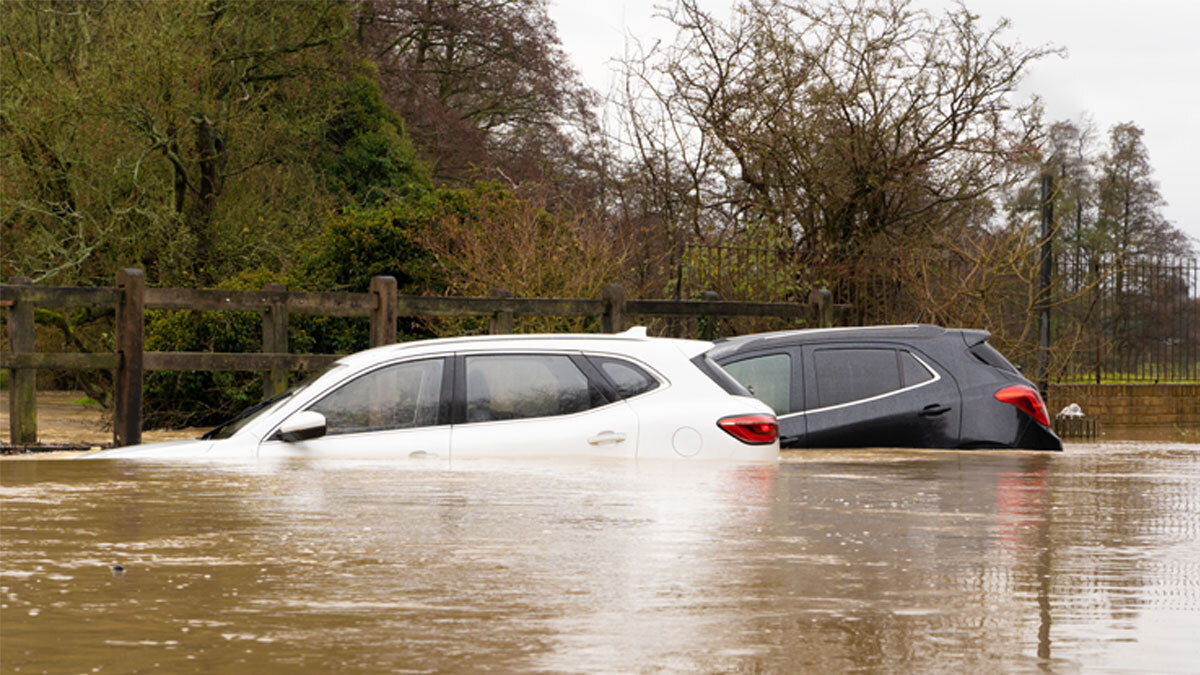In recent years, flooding incidents around the world have increased, causing significant damage to communities and claiming lives. One of the most severe risks posed by floodwaters is to motorists, who may find themselves driving in dangerous conditions. While the best approach is to avoid floodwaters entirely, it is possible to find yourself in a car caught in rising water. This article will examine the crucial steps you need to take to safely escape from a car in floodwater.
Step 1: Stay Calm and Collected
The first step is to remain calm and level-headed, even in a life-threatening situation. One effective technique to calm your body and mind is to take slow, deep breaths, inhaling through your nose, and exhaling through your mouth after holding your breath for a few seconds.

Maintain your focus on the present moment and avoid dwelling on past events or worrying about future outcomes. Keep your thoughts positive by concentrating on the situation's positive aspects and using affirmative self-talk to encourage yourself that you can handle the situation and everything will be fine. If possible, take action to help in the situation as it can give you a sense of control and purpose. Taking a few seconds to collect yourself will make the rest of the steps on this list easier to complete quickly.
Step 2: Roll Down Your Windows
Before the water level inside the car rises too high, try to roll down your windows. The pressure outside the car will make it impossible to open the doors once the water level is higher than the windows. If the windows are electric, roll them down before you turn off the engine. Try to unlock the doors and roll down the windows using the power controls. If this is not possible, try to break a window with a hammer or an object like our multi-tool flashlight.
Step 3: Keep Your Seatbelt On and Turn Off the Engine
It is crucial to keep your seatbelt on and turn off the engine when you realize that your car is submerged in water. This will prevent the car's electrical system from shorting out, causing a fire, and water from entering the car's exhaust system.
[Related Read: How to Prevent a Car Fire]
Step 4: Wait for the Water to Equalize
If you cannot fit through the window, wait for the water to equalize. This will take a few minutes, but it is crucial to wait so that the pressure inside the car is the same as the pressure outside the car. This will make it easier to open the doors.
Step 5: Open the Doors and Escape
Once the water has equalized, try to open the doors. If the doors still will not open, wait until the water level reaches the bottom of the windows and try again.
Step 6: Escape through the Windows

If you still cannot open the doors, it is time to escape through the windows. Unbuckle your seatbelt and remove any heavy clothing or items that may weigh you down. Crawl out of the window as quickly as possible.
[Related Read: How to be Safe During an Earthquake While Driving]
Step 7: Swim to Safety
Once you have successfully escaped from the car, swim to a safe place. If the water is calm and shallow, swim towards the shore. However, if the water is deep and flowing rapidly, swim with the current until you can find a secure exit point from the water.
Step 8: Keep Swimming
Even if you feel like you are close to safety, do not stop swimming until you have reached a secure location. Floodwaters can be hazardous and unpredictable, and you do not want to risk getting caught in a current or swept away.
Step 9: Seek Medical Attention and Call for Help

After you have reached safety, it is crucial to seek medical attention immediately. Even if you feel fine, it is important to get checked out by a medical professional. Inhaling water or being exposed to floodwaters can cause health problems, and it is important to catch any issues early on. Furthermore, call for help if possible.
Knowing how to escape from a car in floodwater can be a matter of life or death. By remaining calm, keeping your seatbelt on, rolling down your windows, and waiting for the water to equalize, you can enhance your chances of safely escaping a flood. Again, remember to always seek medical attention after escaping, and call for help if possible.

